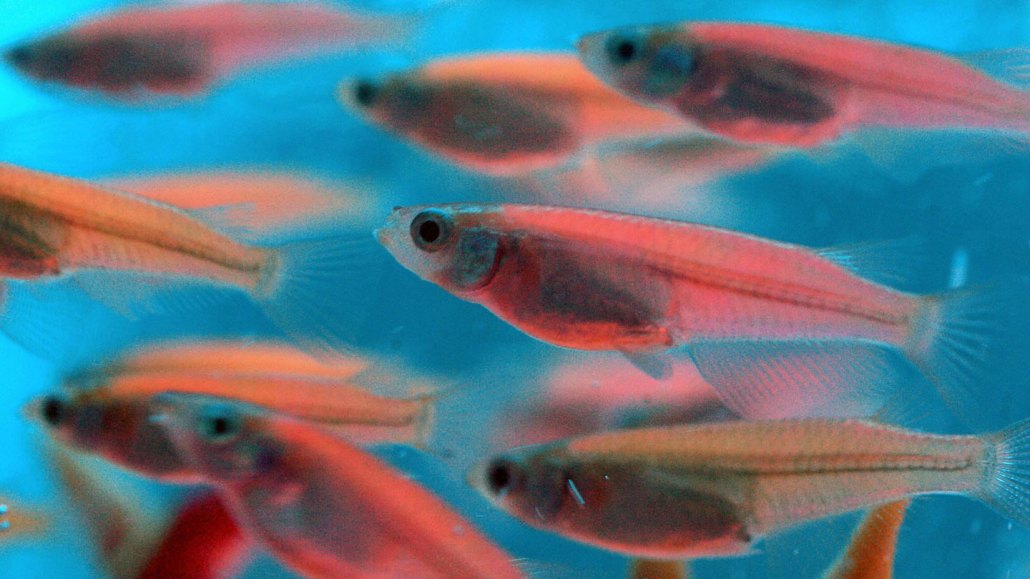
Genetically engineered glow-in-the-dark fish (shown) are a relatively recent phenomenon, but there's nothing new about humans tinkering with other creatures' genes, as described in Life as We Made It.
Sam Yeh/AFP via Getty Images

Genetically engineered glow-in-the-dark fish (shown) are a relatively recent phenomenon, but there's nothing new about humans tinkering with other creatures' genes, as described in Life as We Made It.
Sam Yeh/AFP via Getty Images